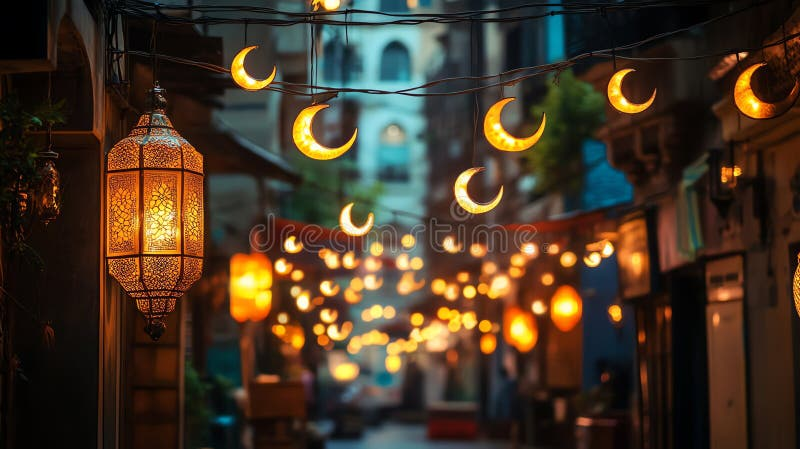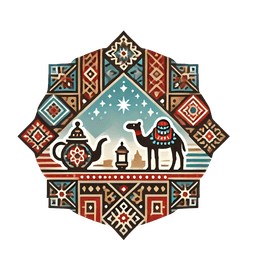- Published on
The Cultural Significance of Ramadan in Morocco A Time for Reflection and Togetherness
- Authors

- Name
- Adil ABBADI
Introduction
Ramadan, the holy month of fasting, is a cornerstone of Islamic tradition and a deeply ingrained part of Moroccan culture. As the ninth month of the Islamic calendar, Ramadan is a period of introspection, generosity, and community, where Moroccans come together to observe the sacred rituals of fasting, prayer, and charity. In Morocco, Ramadan is a time for spiritual rejuvenation, family reunions, and vibrant celebrations, showcasing the country's rich cultural heritage.

- Cultural Context
- Traditional Significance
- Modern Relevance
- Cultural Preservation
- Conclusion
- Cultural Call-to-Action
Cultural Context
Ramadan is rooted in Islamic tradition, honoring the revelation of the Quran to Prophet Muhammad (peace be upon him). In Morocco, the month-long celebration is an opportunity for Muslims to renew their faith, seek forgiveness, and recommit to a path of righteousness. The country's unique blend of Arab, Berber, and French influences has shaped a distinct Ramadan experience, marked by rich culinary traditions, vibrant street festivals, and warm hospitality.
Traditional Significance
During Ramadan, Moroccans fast from dawn to sunset, abstaining from food and drink to focus on prayer, charity, and spirituality. The fasting period, known as siyam, is a means of developing self-control, empathy, and gratitude for the blessings of life. Iftar, the meal eaten after sunset, is a time for families and friends to gather, share traditional dishes, and exchange stories of their day. The iftar table is often filled with an array of sweet and savory treats, such as harira (a hearty soup), msemen (flatbread), and b'stilla (a meat pie).

Modern Relevance
In modern Morocco, Ramadan continues to play a vital role in shaping the country's social and cultural fabric. Despite the challenges of urbanization and globalization, Ramadan remains a time for communal celebration, where Moroccans from all walks of life come together to share in the spirit of the season. In recent years, there has been a growing trend towards more sustainable and eco-friendly Ramadan practices, with many Moroccans opting for reusable lanterns, reducing food waste, and promoting environmentally conscious lifestyles.
Cultural Preservation
Efforts to preserve and promote Morocco's Ramadan traditions are underway, with cultural institutions and community organizations working to document and share the country's rich cultural heritage. The Moroccan Ministry of Culture has launched initiatives to support traditional craftsmanship, such as the art of lantern-making and the preservation of traditional iftar recipes. Moreover, social media platforms have become an essential tool for sharing Ramadan-related content, from recipe videos to cultural stories, helping to bridge the gap between generations and promote cross-cultural understanding.

Conclusion
Ramadan in Morocco is a testament to the country's enduring cultural heritage, where tradition and modernity blend seamlessly together. As a time for spiritual reflection, family bonding, and communal celebration, Ramadan embodies the very essence of Moroccan hospitality and warmth. As the world becomes increasingly interconnected, the cultural significance of Ramadan in Morocco serves as a powerful reminder of the importance of preserving our cultural traditions and promoting cross-cultural understanding.
Cultural Call-to-Action
This Ramadan, take a moment to appreciate the rich cultural heritage of Morocco and the significance of this holy month. Engage with Moroccan communities, try traditional recipes, and learn about the country's unique cultural practices. As we celebrate the beauty of Moroccan culture, let us also recognize the importance of promoting cultural understanding and exchange, and strive to build bridges between nations and communities.
